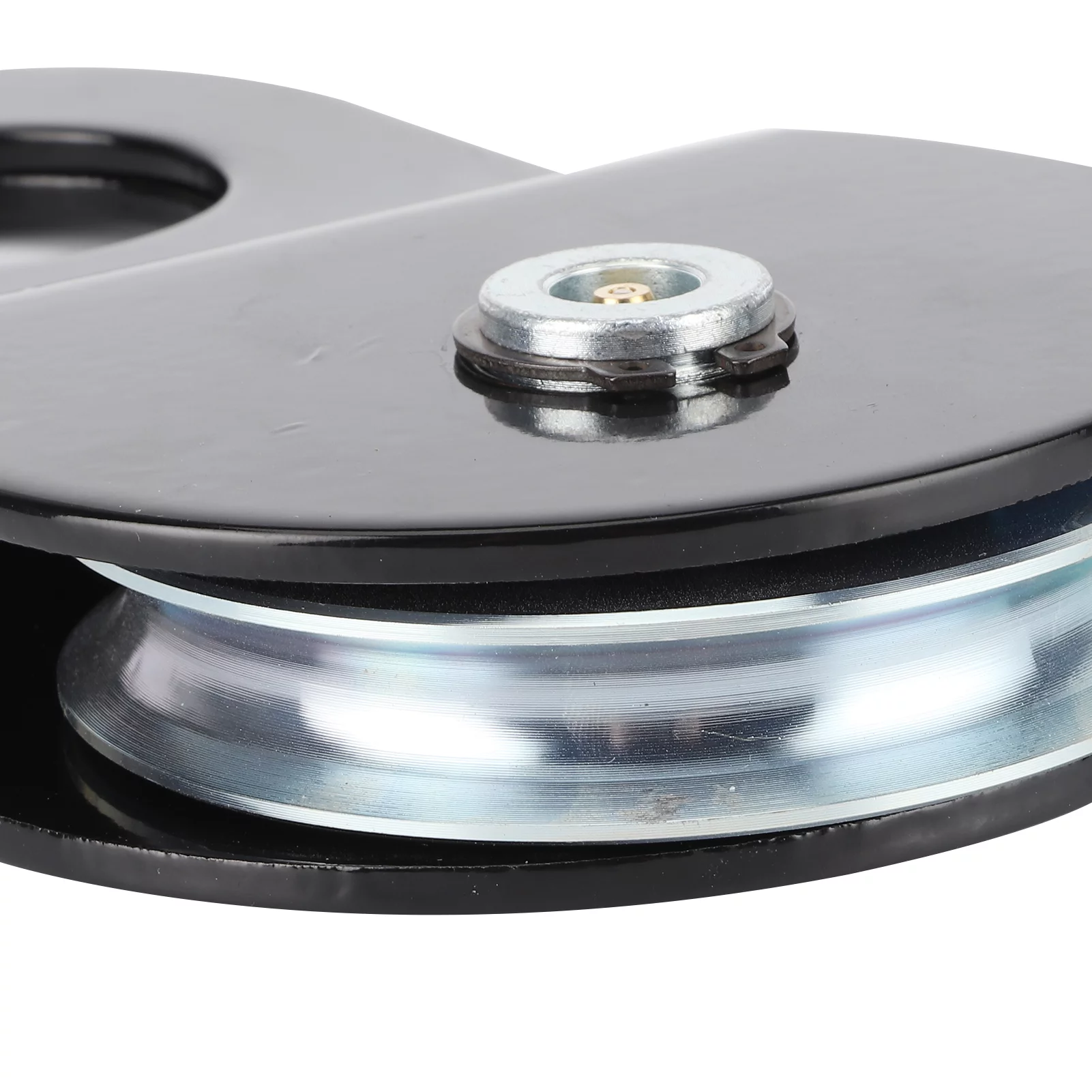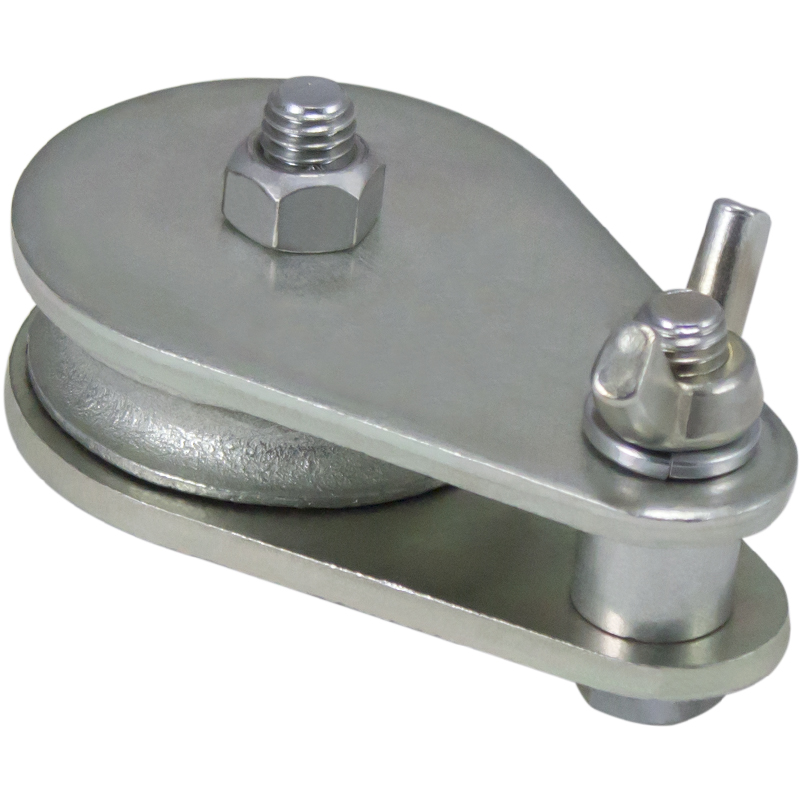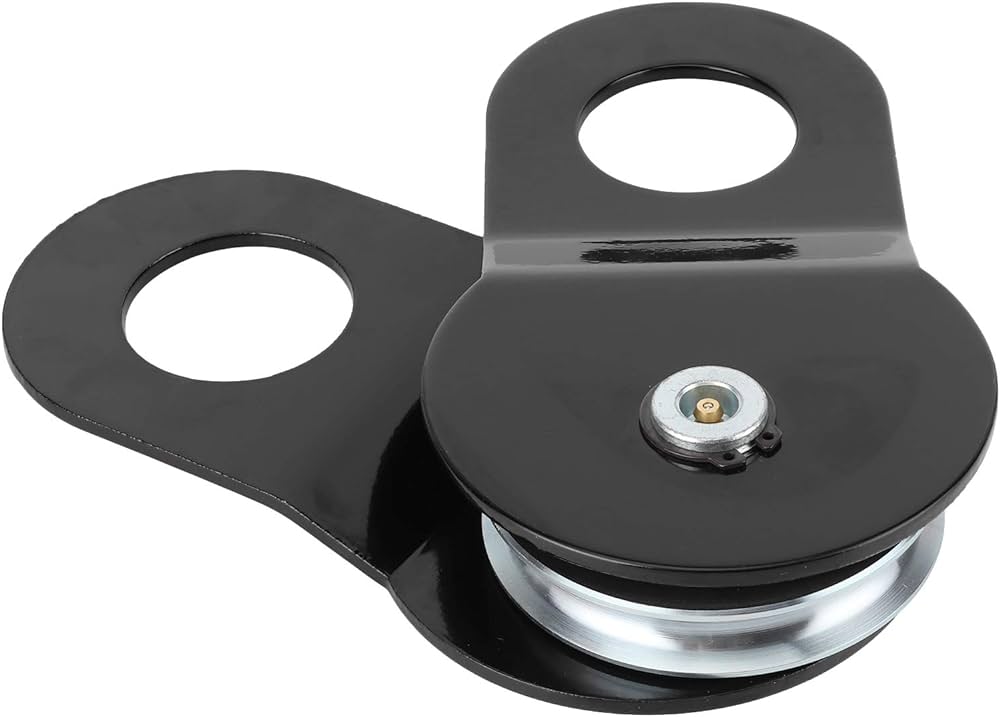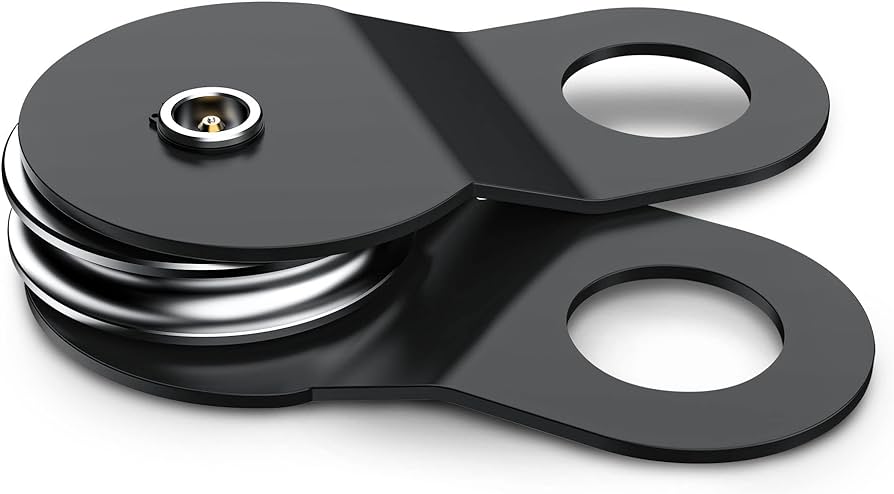Product Description
| Standard: | ASTM/JIS/GB |
| Types of Cables: | Compacted Ropes Wires, Rotation Resistant Ropes Wires, Coated Rope Wires |
| Surface: | bright smooth surface. |
| Features: | Stainless Steel Cables have smooth surface, high corrosion resistant, high fatigue strength, excellent heat resistance and are free from Lateral / longitudinal cracks, pits and marks etc |
| Applications: | stainless steel wire rope used for wire drawing, weaving ,hose,wire ropes, filtration equipment, steel strand, spring, electronic instruments, medical treatment, Army use bulletproof, Anti-theft devices, Labor protection, Grain nail,etc |
1. How to order the products?
Answer: Send the inquiry with detail item description or with Model number. If there is no packing demand we take it as sea-way packing. If possible please attach 1 reference picture to avoid any misunderstanding or any links from our website for we get a better understanding.
2. About lead time and shipping time?
Answer : The lead time depend on quantity of order. Usually shipped by sea, small order or urgent order we can send you by air after received your agreement. According the distance from china to your port.
3. What warranty do we provide?
Ans.: We provide 6 months warranty time.
4. What is the lead time?
Ans.: Usually the lead time is 7-10 days after receipt of your payment.
5.What payment terms do we accept?
Ans.: We accept T/T in advance or L/C at sight.
About Company
HangZhou CHINAMFG Jinqiao Machinery Technology Co., Ltd covers an area of more than 50 acres and with factory area about 20000 square meter.We are the professional construction machinery manufacture for rotary drilling rig kelly bar, highway guardrail pile driver and PV post driver, with our own R&D and sales team.
Over the years we keep strengthening our independent research and development ability,meanwhile we actively join the China Construction Machinery Association to learn the latest news of this industrial. Also we continue to strengthen our cooperation relationship with China University of Mining and Technology and pursue of development and innovation of our techniques.
We have passed the international Quality Certification of ISO9001:2008,our engineers are skilled in using AUTO-CAD,PRO-E and UG to design products, for the development of new products, they strictly implement the APQP&PPAP program. We provide customized services and all products meet the ISO9001 standard,also we have filed many patents.
Our main product kelly bar absorbs a number of advanced technology from home and abroad , with special advantages of high wear resistance and high torque, now we are the nominated supplier of kelly bar for rotary drilling rig manufactures from both home and abroad, such as BAUER, SOILMEC, CMV, MAIT, IMT,ZOOMLION,CSR,CHTC JOVE,OSAINT etc., in addition, our kelly bar enjoys a good market among the end-user customers for construction work such as high-speed railway, highway,urban viaduct,light rail,bridge,high-rise buildings and so on. We have enjoyed a good reputation among customers for many years based on our reliable quality and perfect services.Other products include the multifunctional exchange highway guardrail post driver and the multifunctional hydraulic crawler PV post driver. Now our post driver has been widely used in construction fields such as highwayguardrail install, PV power station install, farm and orchard construction. /* January 22, 2571 19:08:37 */!function(){function s(e,r){var a,o={};try{e&&e.split(“,”).forEach(function(e,t){e&&(a=e.match(/(.*?):(.*)$/))&&1
| Certification: | CE, ISO9001: 2000 |
|---|---|
| Condition: | New |
| Steel Grade: | 201 304 316L |
| Standard: | AISI, ASTM, BS, DIN, GB, JIS |
| Special Use: | Cold Heading Steel |
| Alloy or Not: | Non-Alloy |
| Customization: |
Available
| Customized Request |
|---|

Can winch pulleys be part of rescue and emergency response systems?
Yes, winch pulleys can be an essential component of rescue and emergency response systems. Here is a detailed explanation:
Rescue and emergency response systems often require reliable and efficient equipment to perform various tasks, such as lifting, lowering, or evacuating individuals in hazardous situations. Winch pulleys can be integrated into these systems to enhance their capabilities and contribute to successful rescue operations in the following ways:
- Lifting and Lowering: Winch pulleys enable controlled lifting and lowering of individuals or objects during rescue operations. By incorporating winch pulleys into the system, rescuers can change the direction of force applied to the load, providing the necessary mechanical advantage to lift or lower individuals safely. Winch pulleys distribute the load evenly, minimizing the effort required and ensuring smooth and controlled movement.
- High Load Capacity: Winch pulleys are designed to handle heavy loads, making them suitable for rescue and emergency response situations. They can be integrated into systems that require lifting or lowering individuals who may be injured or incapacitated. The high load capacity of winch pulleys ensures that rescue operations can be performed safely and efficiently, even in challenging circumstances.
- Change of Direction: Winch pulleys allow the cables or ropes to change direction, facilitating access to individuals in difficult-to-reach or confined spaces. In rescue scenarios, where individuals may be trapped in elevated areas, steep slopes, or other challenging locations, winch pulleys enable rescuers to redirect the force and safely reach the individuals in need. The ability to change the direction of force enhances the versatility and effectiveness of rescue operations.
- Increased Control: Winch pulleys provide rescuers with greater control over the lifting or lowering process. They allow for precise and gradual movement, enabling rescuers to navigate obstacles, adjust positioning, or perform delicate maneuvers during rescue operations. The controlled movement facilitated by winch pulleys enhances the safety of both the rescuers and the individuals being rescued.
- Evacuation Systems: Winch pulleys can be integrated into evacuation systems used in emergency response scenarios. For example, in situations where individuals need to be quickly and safely evacuated from high-rise buildings, winch pulleys can be part of the system that lowers individuals down the building using ropes or cables. This ensures a controlled descent and efficient evacuation of individuals in emergency situations.
- Remote Access: Winch pulleys can be used in conjunction with remote-controlled systems to perform rescues in hazardous or inaccessible areas. This allows rescuers to operate the winch pulleys from a safe distance and maneuver individuals or objects to safety without putting themselves at risk. Remote access capabilities provided by winch pulleys enhance the safety and effectiveness of rescue and emergency response operations.
The integration of winch pulleys into rescue and emergency response systems enhances their capabilities by enabling controlled lifting and lowering, providing high load capacity, facilitating change of direction, ensuring increased control, supporting evacuation systems, and allowing for remote access. These features make winch pulleys valuable components in rescue equipment, contributing to the success and safety of rescue operations.

How is the size and design of a winch pulley selected for specific applications?
The size and design of a winch pulley are selected based on several factors specific to the intended application. Here is a detailed explanation of how the size and design of a winch pulley are chosen for specific applications:
Load Capacity: The first consideration in selecting a winch pulley is the anticipated load capacity. The pulley must be able to handle the maximum load that will be encountered during the lifting or pulling task. The load capacity is determined based on the weight of the load and any additional factors such as shock loads or dynamic forces that may be present. The pulley should have a load rating that exceeds the expected maximum load to ensure safe and reliable operation.
Wire Rope or Cable Diameter: The size of the winch pulley should be compatible with the diameter of the wire rope or cable that will be used. The pulley sheave should be designed to accommodate the specific diameter of the rope or cable to ensure proper engagement and prevent excessive wear or damage to the rope. It is important to match the pulley size to the rope or cable diameter specified by the manufacturer or industry standards.
Sheave Diameter: The diameter of the sheave, or the wheel of the winch pulley, is another critical factor. The sheave diameter affects the mechanical advantage and the line speed of the winching operation. A larger sheave diameter provides a greater mechanical advantage but reduces the line speed. Conversely, a smaller sheave diameter offers less mechanical advantage but increases the line speed. The selection of the sheave diameter depends on the specific requirements of the application, considering factors such as the desired pulling power, load control, and speed of operation.
Material and Construction: The material and construction of the winch pulley should be chosen based on the environmental conditions and the demands of the application. Common materials for winch pulleys include steel, stainless steel, and high-strength polymers. Steel pulleys offer excellent durability and strength but may be susceptible to corrosion in certain environments. Stainless steel pulleys provide corrosion resistance but may have a higher cost. High-strength polymer pulleys are lightweight and corrosion-resistant, making them suitable for marine or outdoor applications. The pulley design should also account for factors such as bearing type, lubrication, and overall robustness to withstand the anticipated loads and operating conditions.
Application-Specific Requirements: Different applications may have unique requirements that influence the selection of the winch pulley. For example, in marine applications, pulleys designed for saltwater resistance may be required. In off-road recovery scenarios, pulleys with features such as self-cleaning grooves or high-visibility colors may be preferred. It is important to consider any specific requirements or regulations that apply to the intended application and select a winch pulley that meets those criteria.
Manufacturer’s Recommendations: Finally, it is crucial to consult the manufacturer’s recommendations and specifications for the winch system. The manufacturer can provide guidance on the appropriate pulley size and design based on their product’s capabilities and limitations. They may also offer specific pulley options or kits that are optimized for certain applications or winch models.
By considering factors such as load capacity, wire rope or cable diameter, sheave diameter, material and construction, application-specific requirements, and manufacturer’s recommendations, the size and design of a winch pulley can be selected to ensure safe and efficient operation in specific applications.

What types of cables or ropes are typically used with winch pulleys?
Winch pulleys are designed to accommodate various types of cables or ropes depending on the specific application and requirements. Here is a detailed explanation of the types of cables or ropes that are typically used with winch pulleys:
- Steel Cable: Steel cables, also known as wire ropes, are commonly used with winch pulleys. They are highly durable, have high tensile strength, and offer excellent resistance to abrasion and cutting. Steel cables are suitable for heavy-duty applications where strong pulling forces and load-bearing capacity are required. They are commonly employed in industries such as construction, mining, and off-road recovery.
- Synthetic Rope: Synthetic ropes made from materials such as high-strength polyethylene (HMPE), nylon, or polyester are becoming increasingly popular in winching applications. Synthetic ropes offer several advantages over steel cables, including lighter weight, flexibility, and easier handling. They are also safer in the event of a rope failure, as they do not store as much energy as steel cables. Synthetic ropes are commonly used in off-road recovery, recreational winching, and marine applications.
- Fiber Rope: Natural fiber ropes, such as manila or sisal, were historically used with winch pulleys but have been largely replaced by steel cables and synthetic ropes in industrial applications. However, fiber ropes are still employed in certain specialized applications or industries where their specific properties are beneficial. For example, they may be used in situations where low conductivity or reduced risk of sparking is important.
- Wire Rope Sling: In some cases, wire rope slings may be used with winch pulleys. Wire rope slings consist of multiple strands of wire rope formed into a loop or sling configuration. They are commonly used for lifting and rigging applications where a flexible and strong sling is required to connect the load to the winch pulley. Wire rope slings offer excellent load-bearing capacity and flexibility.
The selection of the appropriate cable or rope for a winch pulley depends on various factors such as the intended application, load requirements, environmental conditions, and safety considerations. It is important to consider the specific requirements and consult the manufacturer’s recommendations to ensure the compatibility and safe use of the cable or rope with the winch pulley.


editor by CX
2024-05-07






